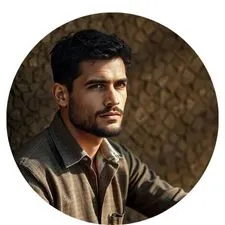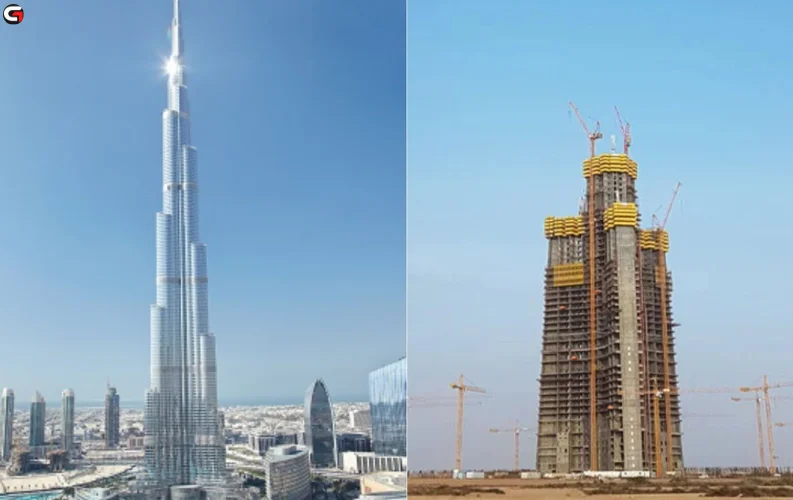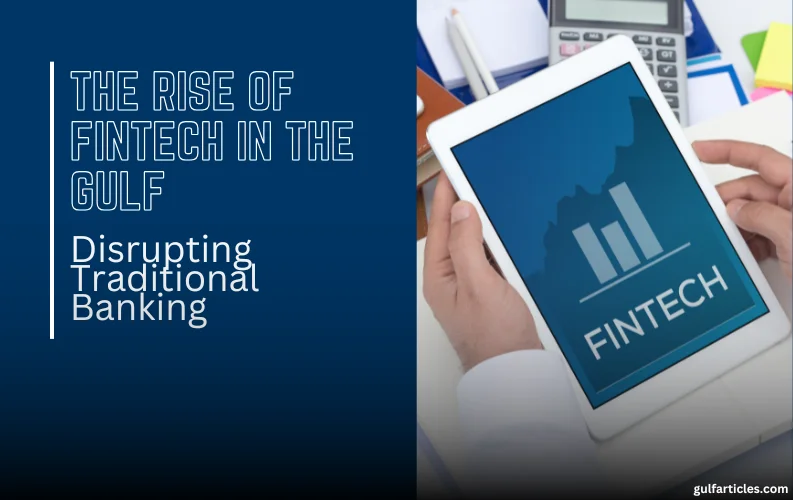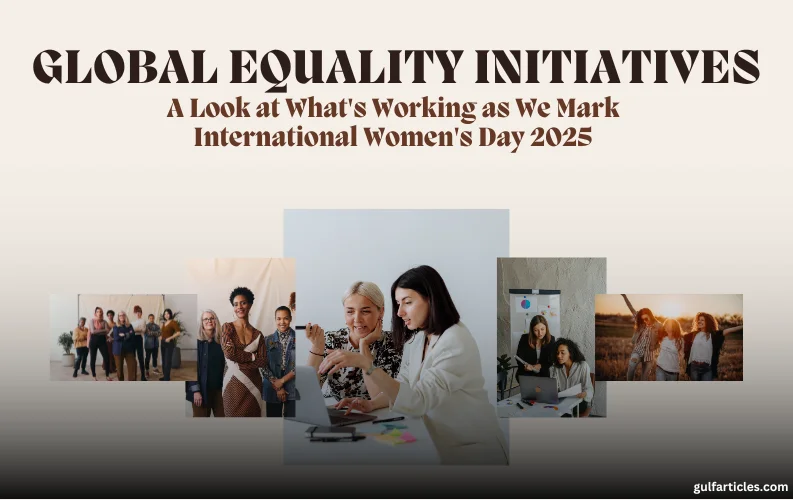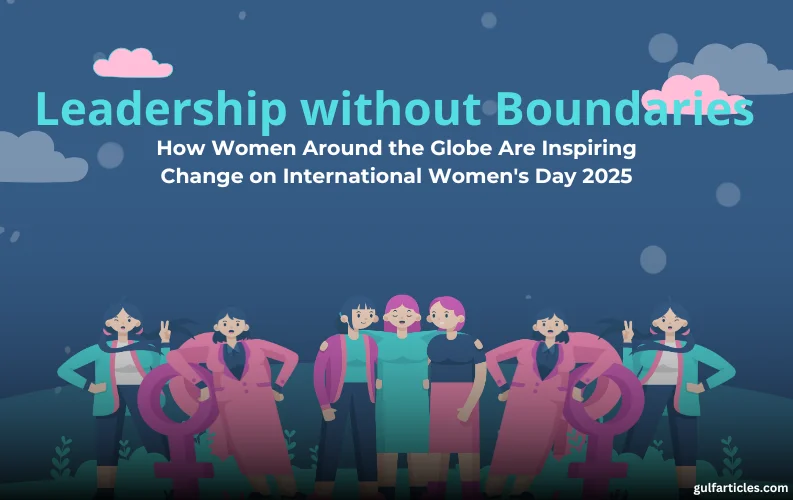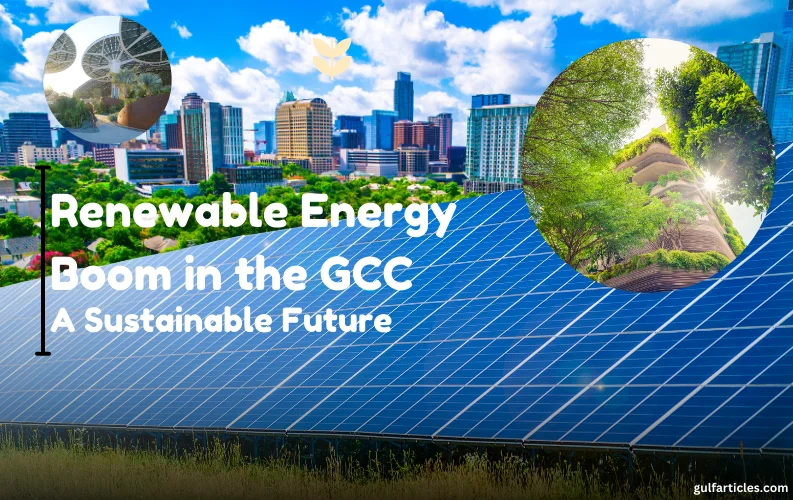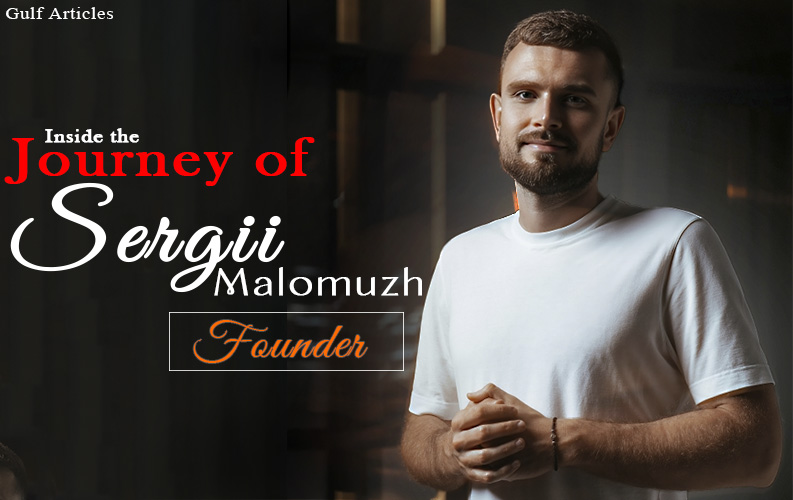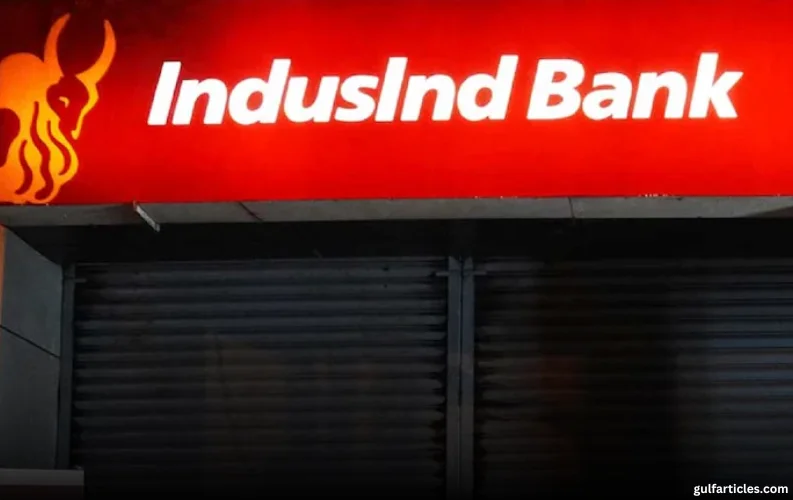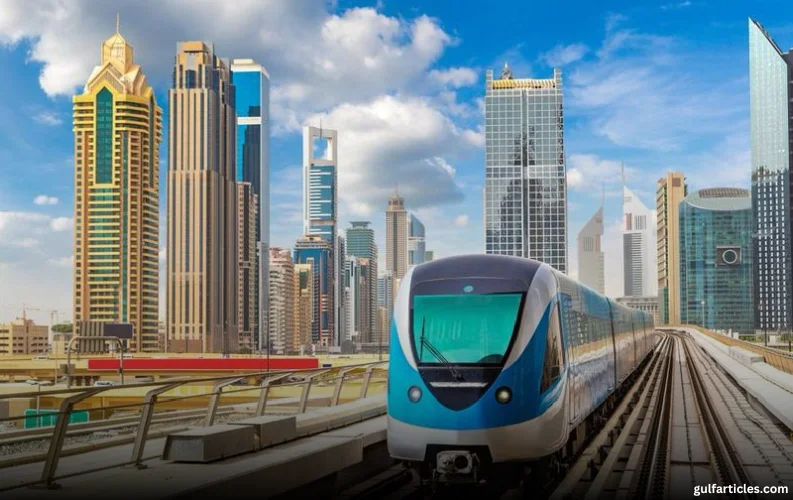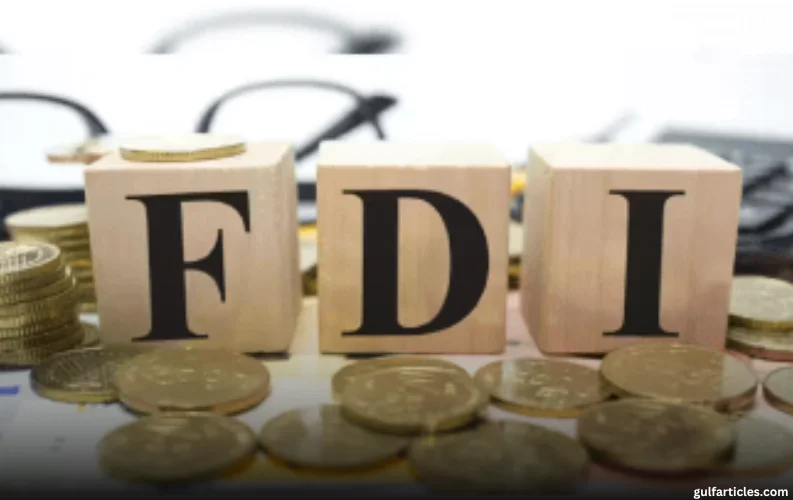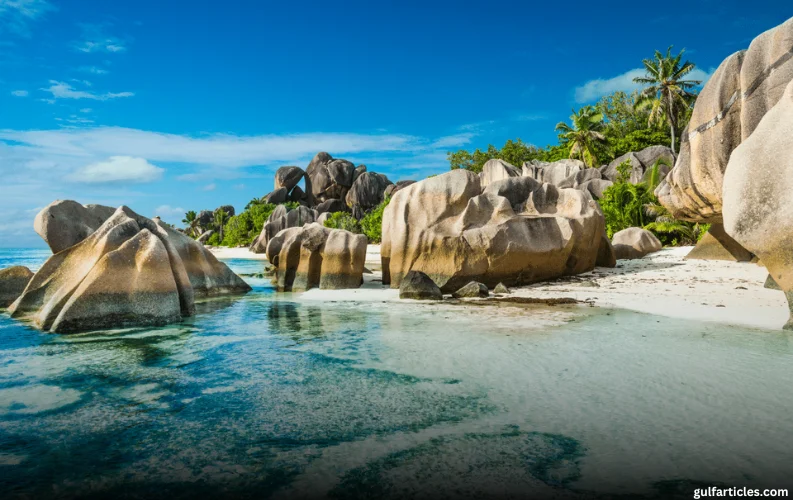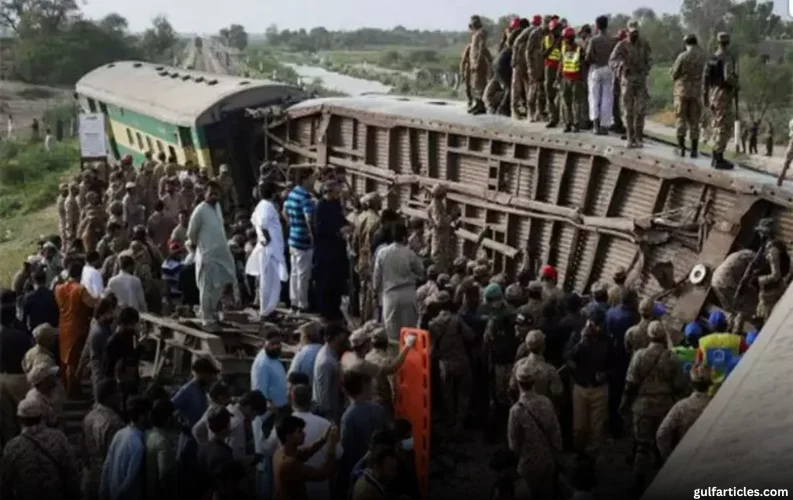On January 4, 2010, Burj Khalifa, the tallest building in the world, was unveiled to the world with a breathtaking light, fire, and water show. Its towering 2,722 feet commanded attention, marking a new chapter in Dubai’s transformation into a global city. The event was broadcasted worldwide, turning the Burj Khalifa into a symbol of ambition and hope for many, especially in the wake of the global financial crisis of 2008-09. Shwan Alhashimi, managing director of Archiplexus, recalls watching the event in New Zealand, acknowledging that it was a “world event.” He believes the Burj Khalifa epitomizes “strength, resilience, ambition, and vision,” reflecting Dubai’s rapid rise to prominence on the world stage. Ahmad Al Matrooshi, executive director at Emaar Properties, states, “The building has become a key part of Dubai’s identity,” attracting millions of visitors and inspiring future generations.
Before the Burj Khalifa’s construction, Dubai was still transitioning from a small town to a cosmopolitan city. Mohammed Adib, founder of Intercon, remembers the desert surroundings of the building site and how, before the Burj Khalifa, the Dubai World Trade Centre was the tallest landmark. Burj Khalifa not only changed the skyline but placed Dubai firmly on the global map, following landmarks like the Burj Al Arab, Dubai's "seven-star" hotel.
As Burj Khalifa’s construction unfolded, architects were both excited and cautious about its innovative design. Tariq Khayyat, co-founder of Tariq Khayyat Design Partners, notes the seamless integration of the tower’s different components—hotel, offices, apartments—into the city’s skyline. The tower’s design defied expectations and was seen as a beautiful addition to Dubai’s landscape, standing out while complementing the city’s silhouette.
Burj Khalifa redefined what was possible in architecture and engineering, especially given Dubai’s challenging sandy terrain. Adib explains that in other parts of the world, developers would have chosen a different approach, but Burj Khalifa changed the limits of what was thought achievable. Its success has since sparked conversations about even taller projects, like the Dubai Creek Harbor and the 2km tower, which likely wouldn’t have existed without Burj Khalifa paving the way.
Living in the Burj Khalifa offers unparalleled luxury and views. Veena Munganahalli, a resident on the 99th floor, shares her experience of breathtaking vistas and top-tier amenities that make life in the building an extraordinary experience. Residents enjoy conveniences like housekeeping, concierge services, and proximity to the Dubai Mall and Opera House, making the Burj Khalifa a self-contained, exclusive community.
For Mohammed Adib, the Burj Khalifa remains a captivating sight. “The more I see it, the more I like it,” he says, impressed by how it changes with the light throughout the day. The Burj Khalifa, beyond its role as a skyscraper, has become a permanent fixture in the lives of Dubai’s residents and a symbol of the city’s ambition, resilience, and future aspirations.


